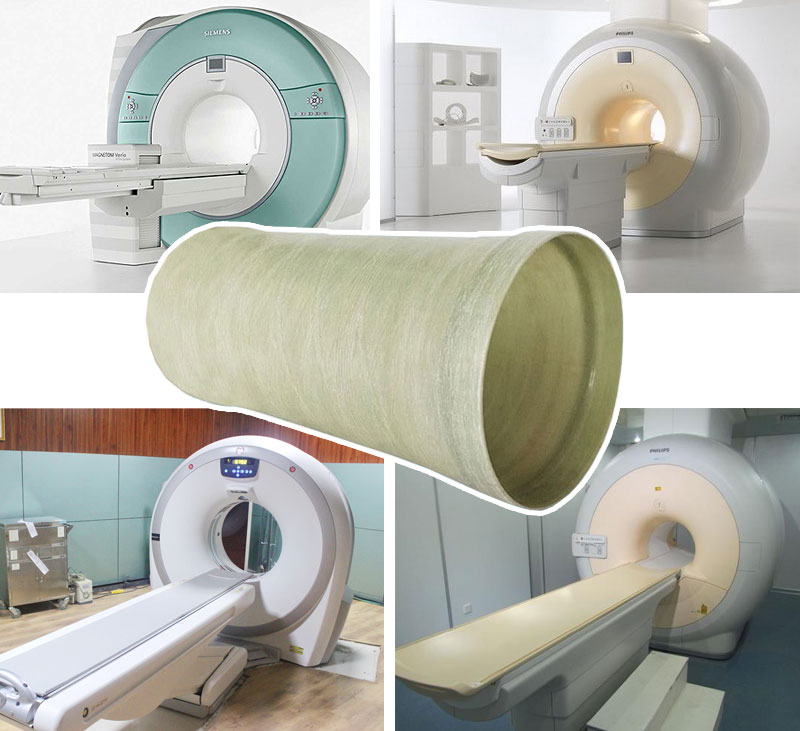With the rapid development of medical technology, the material selection of medical devices has become one of the important factors affecting the performance of medical devices and patient safety. Among many materials, FRP material has attracted attention for its unique properties. The purpose of this paper is to discuss the applicability of FRP medical device shell in manufacturing.

First, the basic characteristics of FRP material
Glass fiber Reinforced plastic (FRP) is a composite material composed of glass fiber and resin matrix. It has the advantages of light weight, high strength, corrosion resistance, good insulation and so on. These characteristics make FRP widely used in aerospace, construction, transportation and other fields.
Second, the requirements for the material of the medical device shell
Medical device housing needs to meet certain requirements, such as good mechanical properties, corrosion resistance, insulation properties and biocompatibility. These requirements ensure that medical devices can maintain stable performance during use and reduce safety risks to patients and medical personnel.
Third, the advantages of FRP material in the production of medical device shell
1, light weight and high strength: FRP material has lower density and higher strength, so that the medical device housing while maintaining sufficient strength, reduce the overall weight, easy to carry and operate.
2, corrosion resistance: FRP material has good corrosion resistance to acid, alkali and other chemical substances, and can resist the corrosive environment that may be encountered in the use of medical devices.
3, good insulation: FRP material has good insulation performance, can effectively prevent electrical equipment leakage and short circuit phenomenon, to ensure the safe use of medical equipment.
4, strong plasticity: FRP material can be molded through the mold to make a variety of shapes and structures of medical device enclosures to meet the needs of different medical devices.
Fourth, challenges and solutions
Despite the many advantages of fiberglass medical device housing in production, there are also some challenges. For example, the thermal conductivity of FRP materials is poor, which may lead to overheating of medical devices during use. To solve this problem, the thermal conductivity can be improved by adding thermal conductive filler or using thermal conductive coating in the FRP material.
In addition, the cost of fiberglass material is relatively high, which may increase the manufacturing cost of medical devices. However, with the advancement of technology and the expansion of the market, the cost of FRP materials is expected to gradually reduce.
V. Conclusion
In summary, FRP material has greater applicability in the production of medical device shell. Its light weight, high strength, corrosion resistance, good insulation and other characteristics make the medical device housing can meet a variety of complex environments and use requirements. While there are some challenges, they can be overcome with sensible solutions. Therefore, FRP material has a broad application prospect in the field of medical device shell production.




